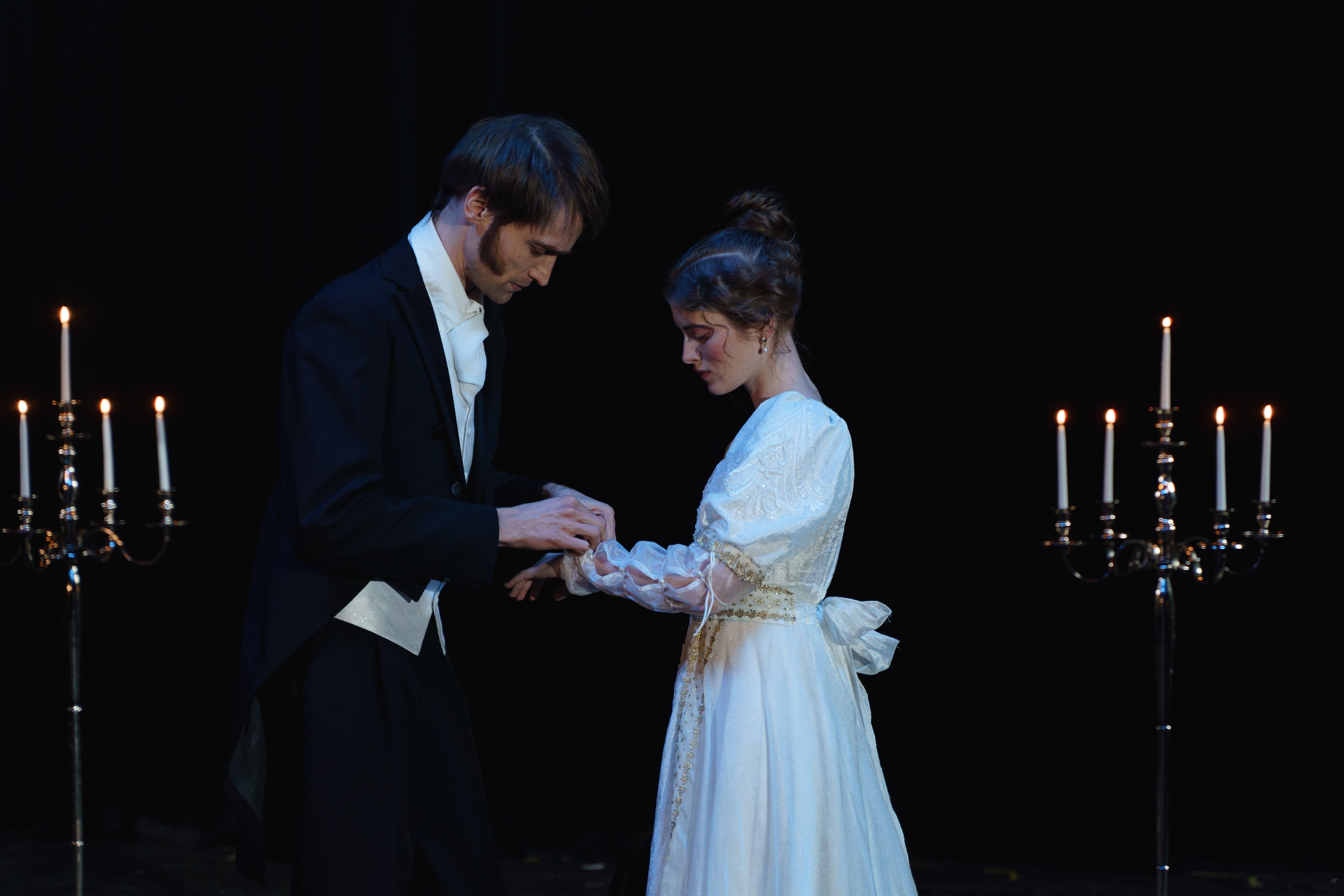
How are Conventions Enforced in Genre Films?
Much like a literary work, genre criticism is reinforced by heavy use of conventions that classify the genre or underlying elements and characterizations of the work. Genre theory, and film genres, typically include specific conventions that help us to determine the underlying possibilities that may result within a story. But how are conventions enforced in genre films, exactly, and what does all of this mean?

What are Genre Conventions?
In film genre theory, conventions represent the underlying main features or characteristic elements of a film that are used to classify the specific theme, setting, characters, or narrative structure of the film. When we think about film genres, you probably consider one of the following:
– Action
– Adventure
– Comedy
– Crime
– Drama
– Historical
– Horror
– Musical
– War
– Westerns
– Science Fiction
Within each of these film genres are genre conventions that essentially dictate the unique characteristics or trademarks of the genre itself.
How are Conventions Enforced?
Throughout filmmaking, genre conventions are enforced in various ways. You might see an action movie that utilizes extreme physical stunts and adventurous characters and an equally adventurous storyline that spans several locations. So when someone asks, “how are conventions enforced in genre films?” we tend to think about the fact that genre conventions are enforced throughout film in a variety of different ways, typically through:
– Setting
– Events
– Roles
Film Genre Conventions

Let’s take a look at the conventions of the top styles of film genres and how each genre can be potentially enforced in the film:
– Action Films – typically high energy, have adventurous characters and span multiple locations often including a stereotypical storyline that includes a superhero, action, and escape.
– Adventure Films – resemble action genre but may be enforced by expeditions, explorations, and other forms of “search” or “hunt” style adventure.
– Comedy Films – typically designed to evoke laughter through one-liners, jokes, exaggerations, actions, and character relationships.
– Crime Films – typically include a cynical or sinister action with criminal characters and a film noir or detective style storyline.
– Drama Films – characterized by realistic characters and settings with situations that spike intense emotional connection relying largely on the character development throughout the storyline.
– Epics or Historical Films – typically deal with history and significant events, often covering a period or expanse of time and frequently set in a panoramic backdrop.
– Horror Films – typically produced to cause fear or fright, feature characters that are hyper-real, malevolent, and monster-like and may include a sci-fi twist.
– Musical Films – typically characterized by music, song and dance and the use of music to develop the narrative and storyline throughout.
– War Films- typically include fighting in combat, often against other nations or humans, in a land, sea or air setting with an underlying action however several underlying elements from various other genres may also be present.
– Western Films – typically recognized as one of the earliest film genres defined by the American frontier, settlers, and underlying elements including dusty settings, trails, cowboys and indians.
– Science Fiction Films – typically represented by space, futuristic settings, and imaginative characters including aliens or extraordinary monsters expressing underlying potential or desire to incorporate technology either to the improvement, or demise, of mankind.
As you can see, when you ask, “How are conventions enforced in genre films?” Many different potential answers can come up depending on the setting, characters, underlying elements, and individual characteristics of each film and how it is produced, experienced, and emotionally appreciated.


